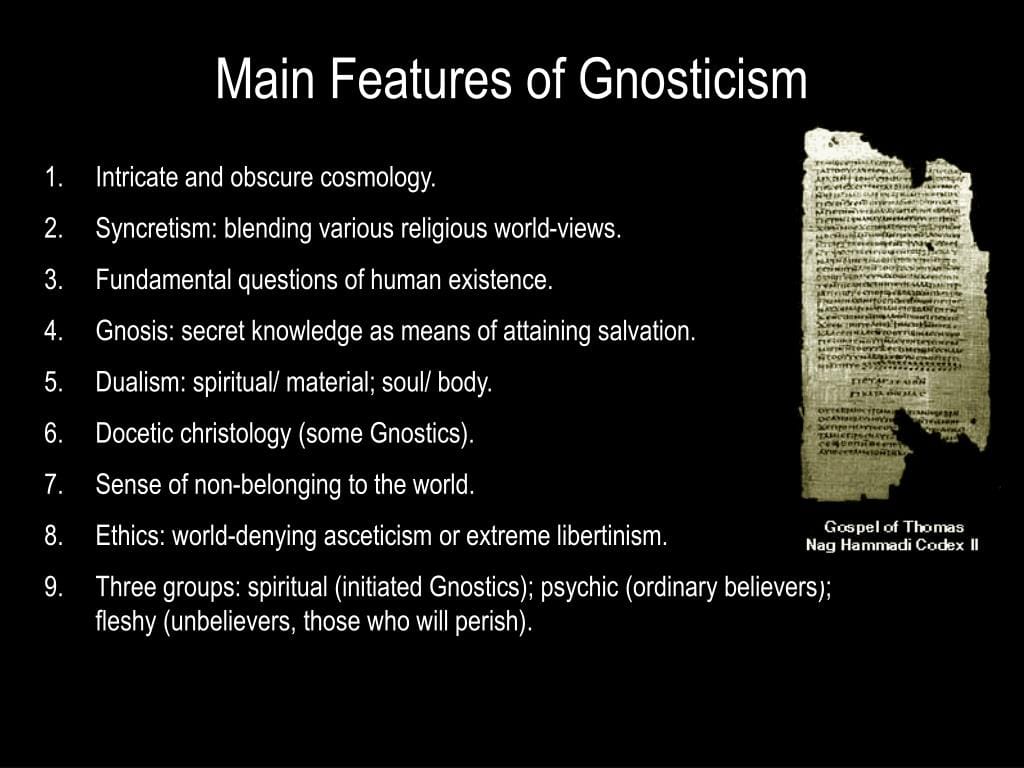Gnosticism, a complex and often misunderstood set of beliefs, emerged in the late 1st century AD, intertwining with early Christianity while offering a radically different spiritual path. It wasn’t a unified religion, but rather a collection of diverse groups sharing common threads: a belief in secret knowledge (gnosis) as the key to salvation and a dualistic worldview that contrasted the flawed material world with a higher spiritual reality. This article explores the core tenets of Gnosticism, its relationship with Christianity, and its enduring legacy.
What is Gnosticism?
Gnosticism, derived from the Greek word gnosis meaning “knowledge,” emphasized personal spiritual experience over adherence to orthodox doctrines. It offered a path to liberation from the perceived imperfections of the material world through direct, intuitive knowledge of the divine. This “gnosis” wasn’t simply intellectual understanding; it was a transformative experience, a profound realization of one’s true spiritual nature and connection to the divine source.
Learn more about the spirituality and the ecstatic and meditative techniques by clicking here for more information about Grace Charr.
Scholars suggest that Gnosticism likely drew influence from various traditions, including Platonism, Jewish mysticism, and possibly Zoroastrianism. However, its precise origins remain a subject of ongoing research and debate.
Core Concepts of Gnostic Belief
Central to Gnostic cosmology is the concept of emanation. Gnostics believed in a supreme, unknowable source, often called the Monad. From this Monad emanated a series of divine beings known as aeons, each representing a different aspect of the divine. These aeons inhabited the Pleroma, the realm of light and perfection.
In contrast to the Pleroma stood the material world, perceived as flawed and imperfect. Gnostics believed that this world was created not by the supreme Monad, but by a lesser deity, often called the Demiurge. Some Gnostic systems attributed the creation of the material world to a cosmic error or fall from grace by the aeon Sophia (Wisdom). This dualistic worldview, contrasting the spiritual and material realms, shaped the Gnostic understanding of salvation.
The Gnostic Path to Salvation
For Gnostics, salvation wasn’t about faith or good works, but about achieving gnosis. This involved recognizing the divine spark within oneself – a fragment of the divine trapped in the material world – and awakening to its true nature. Through gnosis, individuals could transcend the limitations of the material realm and return to the Pleroma, their spiritual home. Some Gnostic groups believed that secret teachings and rituals could facilitate this process of spiritual awakening.
If you want to learn more about this heretical sect. Read more here about cues from a stagecoach.
Gnosticism and Christianity: A Complex Relationship
Gnosticism emerged alongside early Christianity, and the two systems shared some common language and imagery. However, their core beliefs diverged significantly, leading to conflict. Early Church Fathers, such as Irenaeus, viewed Gnosticism as a heresy, a dangerous deviation from orthodox Christian doctrine. They condemned Gnostic teachings, and over time, Gnosticism was largely marginalized.
Key Differences between Gnosticism and Christianity
| Feature | Gnosticism | Christianity |
|---|---|---|
| Nature of God | Supreme, unknowable Monad; lesser divinities | One God, creator of all |
| Jesus Christ | Divine messenger, sometimes docetic (not truly human) | Son of God, fully human and fully divine |
| Salvation | Personal enlightenment through gnosis | Faith in Jesus Christ and God’s grace |
| Creation | Material world flawed, created by a lesser deity | Creation is good, created by God |
| Scripture | Diverse texts, some considered heretical | The Bible |
The discovery of the Nag Hammadi library in 1945 dramatically changed scholarly understanding of Gnosticism. This collection of ancient texts, including the Gospel of Thomas and the Secret Book of John, provided a wealth of information about Gnostic beliefs and practices. These texts revealed the diversity and sophistication of Gnostic thought, challenging earlier assumptions based primarily on the writings of Gnostic opponents.
The Enduring Legacy of Gnosticism
Despite its suppression by the early Church, Gnostic ideas have persisted through history, resurfacing in various mystical and esoteric traditions. Today, Gnosticism continues to fascinate those seeking alternative spiritual paths and exploring the mysteries of consciousness and the self. Its emphasis on personal experience, inner knowledge, and the search for meaning resonates with many contemporary seekers.
While many questions about Gnosticism remain, ongoing research and new discoveries continue to shed light on this enigmatic spiritual movement. Exploring Gnosticism offers a unique lens through which to examine the development of early Christianity and the enduring human quest for spiritual understanding.
- Senior at What Age: Benefits & Eligibility Guide - March 29, 2025
- Unlocking Senior Benefits: How Old is a Senior? Your Complete Guide - March 29, 2025
- Master Russian Politeness:A Guide to Saying Please - March 29, 2025
















